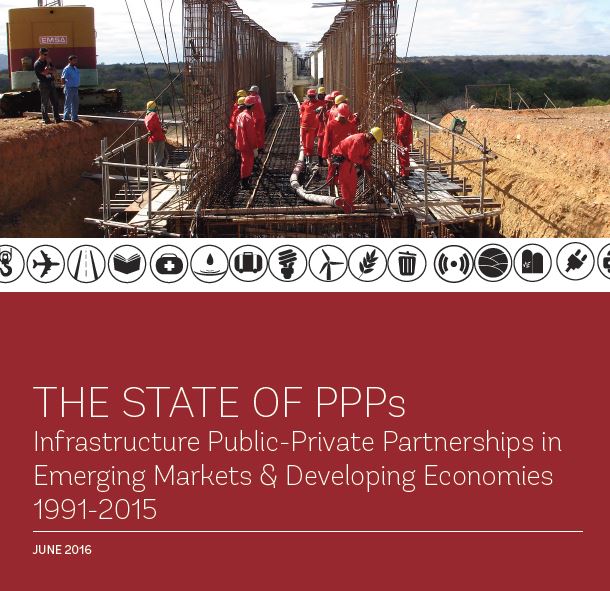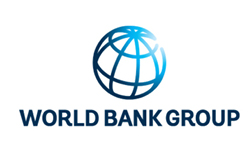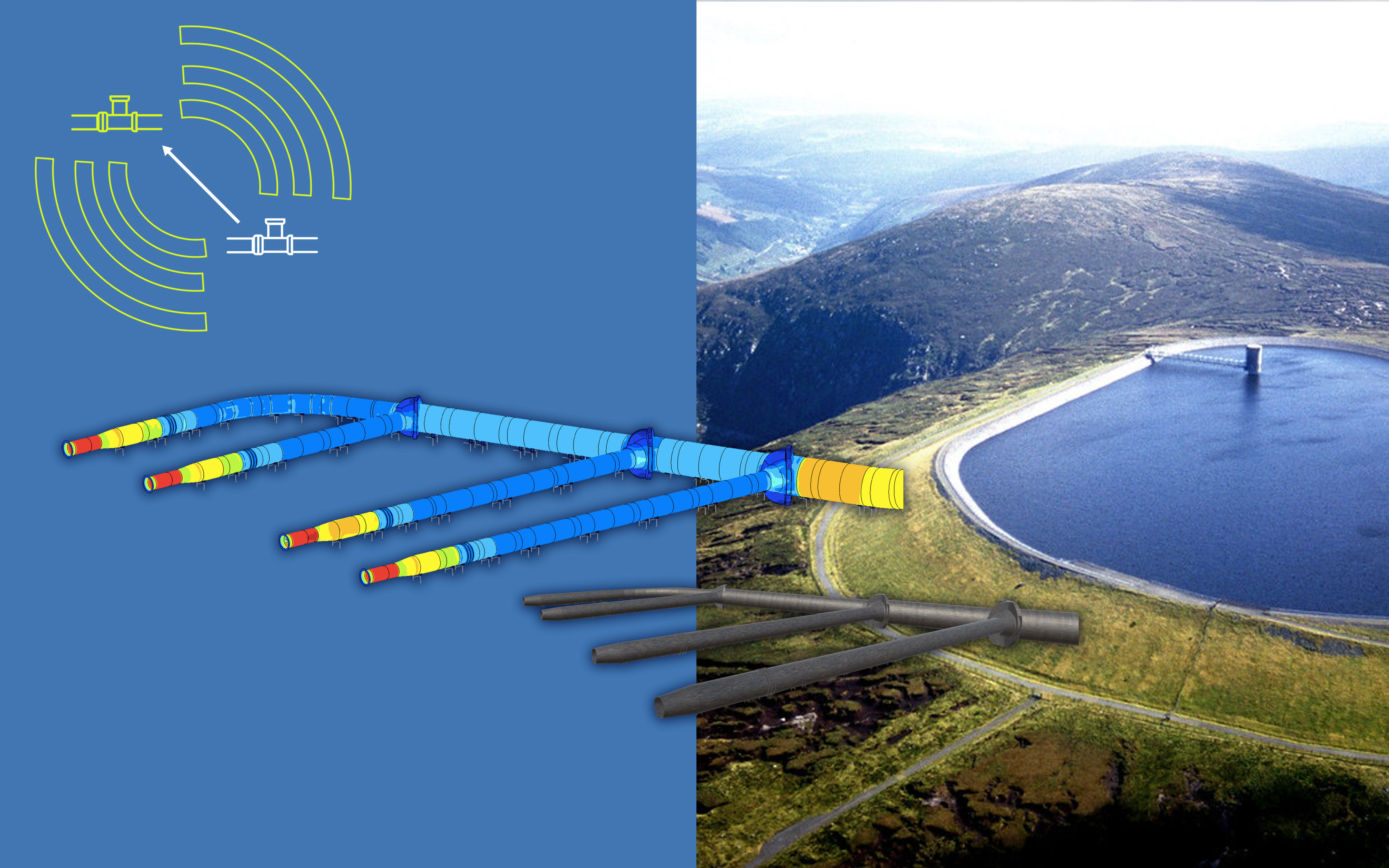840 results found
Featured results



More results
The guidelines and procedure for the formulation of the Three-year Rolling Infrastructure Program are prepared to guide all the implementing agencies in the development and updating of the TRIP.

On 3 August 2016, the Lowy Institute hosted Global Infrastructure Hub CEO Chris Heathcote in conversation with G20 Studies Centre Project Director Tristram Sainsbury.



The G20 Finance Ministers and Central Bank Governors have welcomed the launch of a new, interactive online risk allocation tool, the Global Infrastructure Hub’s (GI Hub) Annotated Public-Private Partnership (PPP) Risk Allocation Matrices. The Risk Allocation Matrices tool, developed by the GI Hub in partnership with global law firm Norton Rose Fulbright, has been designed to assist developing economies better assess potential infrastructure investment risk.
Japan's Program for Earthquake-Resistant School Buildings has increased the seismic safety of Japanese schools, and hence increased the safety of Japanese schoolchildren, teachers, and communities. Since 2003, when the program accelerated, the share of earthquake-resistant public elementary and junior high schools has increased, from under half of schools in 2002 to over 95 percent in April 2015. Japan is sharing knowledge from this program with developing countries through its relationship with the Global Facility for Disaster Reduction and Recovery (GFDRR), whose Global Program for Safer Schools has been supported by the Japan–World Bank Program for Mainstreaming Disaster Risk Management in Developing Countries and its implementing arm, the Disaster Risk Management Hub, Tokyo.
Mr Chris Heathcote, Chief Executive Officer of the Global Infrastructure Hub (GI Hub), and Mr Norman TL Chan, Chief Executive of the Hong Kong Monetary Authority (HKMA), signed a Memorandum of Understanding (MoU) today (4 July 2016) with respect to establishing a strategic framework of co-operation to facilitate the financing of infrastructure projects.
This paper—through a comparative analysis of data from Wuhan and Amsterdam—explores the reasons why the two countries have gone in different directions

The purpose of the present publication, Towards better infrastructure products: a survey of investor s perceptions and expectations of infrastructure investment , is to conduct the first in-depth study of the perceived role by infrastructure assets for investors.

We are pleased to share the findings of an infrastructure investment study, released today by the Global Infrastructure Hub (GI Hub) and EDHEC Infrastructure Institute-Singapore (EDHECinfra). The global study, which looked to identify investor expectations for the sector, found that investors have an increasing appetite for infrastructure including in emerging markets, with the number of investors looking for exposure to emerging markets set to more than double over the next 3-5 years.
The Logistics Performance Index has provided valuable information for policy makers, traders, and other stakeholders, including researchers and academics, on the role of logistics for growth and the policies needed to support logistics in areas such as infrastructure planning, service provision, and crossborder trade and transport facilitation.

GI Hub CEO Chris Heathcote appeared at the Asian Infrastructure Investment Bank’s (AIIB) first annual meeting on June 25-26. Mr Heathcote appeared on a panel discussing ‘Infrastructure and Global Economic Growth’.
The PFRAM, developed by the IMF and the World Bank, is an analytical tool to assess the potential fiscal costs and risks arising from PPP projects.

These guidelines institutionalise the consultation and engagement of the public, with the goal of improving transparency in the development and implementation of PPP projects and overall infrastructure development.


This report uses data from the PPI Database to analyze broad trends of PPP investment in infrastructure from 1991 to 2015.


The main objectives of this report are to share information within the World Bank and with its partners and client countries about the World Bank's activities to support open data efforts.

The Infrastructure Prioritization Framework is a multi-criteria decision support tool that considers project outcomes along two dimensions, social-environmental and financial-economic to inform project selection.

The MDBs’ Joint Declaration of Aspirations on Actions to Support Infrastructure Investment is a tool developed to ensure that MDBs work together to scale up infrastructure investment and attract private sector investment.


This publication discusses financial viability support in the global landscape of infrastructure finance.


UN ESCAP supports governments in Asia-Pacific in implementing measures to efficiently involve the private sector in infrastructure development.








 ??
??




